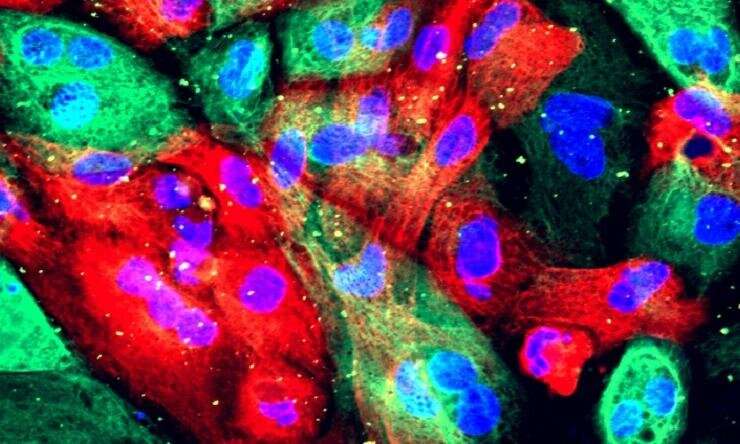Reevaluating Low-Grade Prostate Cancers: Higher Risks Than Biopsy Results Indicate

New research indicates that some low-grade prostate cancers may pose higher risks than biopsy results suggest, urging a more comprehensive approach to diagnosis and treatment planning.
Recent research conducted by Weill Cornell Medicine, University Hospitals Cleveland, and Case Western Reserve University has uncovered that some men diagnosed with Grade Group 1 (GG1) prostate cancer may actually face greater health risks than their biopsy results suggest. Traditionally, GG1 prostate cancer is considered low risk, often leading to active surveillance rather than immediate treatment. However, this new evidence suggests that relying solely on biopsy grading might underestimate the true aggressiveness of the cancer.
The study analyzed data from the National Cancer Institute's SEER program, encompassing around 300,000 men diagnosed with localized prostate cancer between 2010 and 2020. About 117,000 of these men had GG1 cancer per biopsy reports. Although GG1 is typically associated with slow-growing, less aggressive tumors, the researchers found that over 18,000 men with this classification actually had higher-risk cancers when other clinical features such as PSA levels and tumor size were taken into account.
These findings demonstrate that up to 30% of men diagnosed with GG1 may be undertreated if treatment decisions are based solely on biopsy grade. Since biopsies sample small tissue areas, they can miss more aggressive parts of the tumor, leading to an incomplete assessment of the actual disease risk. This misclassification could result in patients undergoing only active surveillance when more definitive treatments like surgery or radiation might be necessary.
The researchers emphasize the importance of integrating additional clinical data to better assess cancer risk. Accurate risk stratification is vital for guiding appropriate treatment strategies, potentially preventing adverse outcomes associated with untreated aggressive cancers. The debate about renaming or reassessing GG1 tumors continues, with some proposing to remove the 'cancer' label altogether for these low-risk cases. However, experts caution that even so-called low-grade tumors can harbor significant risks, and individual patient assessment remains critical.
Furthermore, the study highlights that current understanding based on prostatectomy specimens—where the entire prostate is examined after removal—may underestimate the biological diversity of these low-grade tumors. Recognizing subtle adverse features could improve prognosis and personalize treatment plans.
Ultimately, healthcare providers should balance the reassurance of low biopsy grades with comprehensive clinical evaluation to avoid under-treatment and ensure optimal patient outcomes.
Stay Updated with Mia's Feed
Get the latest health & wellness insights delivered straight to your inbox.
Related Articles
Aging with HIV: The New Challenges Facing Long-Term Survivors
As antiretroviral drugs extend the lives of people with HIV, new healthcare challenges emerge for aging survivors. This article explores the aging HIV population and the need for tailored healthcare solutions.
Breakthrough in Ovarian Cancer Treatment: Identification of Receptive Proteins for Targeted Therapy
Researchers have identified two key proteins on ovarian cancer cells that can be targeted with light-activated therapy, paving the way for more precise and effective treatments against this deadly disease.



